Ear Health Tips for Flu Season: Essential Strategies
Last Updated on 23/10/2025 by Admin
Essential Preventive Strategies for Optimal Ear Health
Why Hand Hygiene is Crucial for Protecting Ear Health
Consistent hand washing serves as a strong barrier against the transmission of germs, particularly during the peak of cold and flu season when the incidence of ear infections rises significantly. Neglecting proper hand hygiene increases the risk of spreading viruses and bacteria that can lead to severe complications affecting the ears. By highlighting the significance of hand hygiene, individuals can drastically lower their chances of developing infections that may adversely impact their ear health.
To uphold effective hygiene practices, keep these essential points in mind:
- Wash hands thoroughly with soap and water for a minimum of 20 seconds, especially after coughing, sneezing, or touching communal surfaces.
- Utilize alcohol-based hand sanitizers when soap and water are unavailable, ensuring they contain no less than 60% alcohol.
- Refrain from touching your face, particularly the eyes, nose, and mouth, to block germs from entering the body.
- Regularly disinfect high-contact surfaces at home and work, including doorknobs, light switches, and your mobile phone.
- Motivate family members, particularly children, to embrace effective handwashing methods by making it an enjoyable and educational habit.
By incorporating these practices into daily routines, individuals can significantly reduce the likelihood of contracting illnesses that could potentially lead to ear infections.
How Frequently Should You Clean Your Ears for Optimal Health?
Understanding the ideal frequency for ear cleaning is vital for preserving ear health. While keeping the ears clean is important, excessive cleaning can result in damage, irritation, or even infection. The ears possess a natural self-cleaning mechanism, and overzealous cleaning can disrupt this vital process.
To ensure safe and effective ear cleaning, consider these recommended methods:
- Use a damp cloth to clean the outer ear during your regular bathing routine.
- Opt for ear drops or over-the-counter solutions specifically designed to soften earwax instead of using cotton swabs, which can inadvertently push wax deeper into the ear canal.
- Avoid sharp objects or inserting anything deep into the ear canal.
- Consult with a healthcare provider to determine the right frequency for professional ear cleaning if you have a history of excessive wax buildup.
Maintaining an appropriate ear cleaning regimen helps prevent blockages while protecting against potential damage.
How Can Humidifiers Help Maintain Moisture in the Ears?
Dry air can intensify discomfort and irritation in the ears, particularly during cold months when indoor heating systems tend to reduce humidity levels. Utilizing a humidifier can effectively help maintain optimal moisture levels in the air, which is advantageous for ear health. Keeping the air humid can relieve symptoms associated with dryness, such as itchiness and discomfort within the ear canals.
To guarantee your humidifier functions effectively, adhere to these maintenance tips:
- Regularly replace the water in the humidifier to prevent the growth of mold and bacteria.
- Maintain the humidifier according to the manufacturer’s guidelines to avoid contamination.
- Monitor humidity levels with a hygrometer to ensure indoor humidity remains between 30% and 50%.
- Position the humidifier centrally in the room for an even distribution of moisture.
By utilizing and maintaining a humidifier, individuals can foster a healthier atmosphere that promotes ear comfort and overall wellness.
Which Vaccinations Are Effective in Preventing Ear Infections?
Vaccinations are instrumental in preventing illnesses that can lead to ear infections, particularly among children and at-risk populations. Vaccines such as the pneumococcal vaccine and the influenza vaccine can offer protection against common pathogens that contribute to ear health issues. By staying current with vaccinations, individuals can significantly lower their risk of infections, especially during the cold and flu season.
Consider these recommended vaccines to boost ear health:
- Influenza vaccine: Reduces the risk of influenza, which can lead to secondary infections, including ear infections.
- Pneumococcal vaccine: Provides protection against pneumococcal bacteria, a leading cause of ear infections.
- Haemophilus influenzae type b (Hib) vaccine: Aids in preventing infections that could result in complications such as ear infections.
- Measles, Mumps, and Rubella (MMR) vaccine: Shields against mumps, which can cause painful swelling of the ear.
By prioritizing vaccinations, individuals can strengthen their defenses against infections that jeopardize ear health, contributing to overall wellness.
Expert Recommendations on Ear Health Practices During Cold and Flu Season
What Are the Key Indicators of an Ear Infection?
Promptly recognizing the signs of an ear infection can facilitate timely treatment and reduce potential complications. Symptoms may vary based on age and the type of infection, but there are common indicators to monitor. Infants and young children may display irritability, tugging at their ears, or difficulty sleeping, while adults may experience a sensation of fullness in the ear, temporary hearing loss, or sharp ear pain.
Common symptoms to be aware of include:
- Ear pain that can be sharp, dull, or throbbing.
- Fluid drainage from the ear, which may appear clear, yellow, or bloody.
- Difficulty hearing or a sensation of fullness in the ear.
- Fever or general malaise, which often accompanies ear infections.
By staying vigilant about these signs, individuals can seek medical assistance promptly, improving the chances of effective treatment and recovery.
How Does Diet Impact Your Ear Health?
Diet significantly influences ear health, particularly by enhancing immunity and reducing inflammation. Consuming a well-balanced diet rich in specific nutrients can positively affect overall health, which is crucial during the cold and flu season when ear infections are more likely to arise. Foods abundant in antioxidants, vitamins, and healthy fats play a vital role in supporting immune function and promoting ear health.
To improve your diet for better ear health, consider the following actionable steps:
- Incorporate fruits and vegetables high in antioxidants, such as berries, spinach, and kale.
- Include omega-3 fatty acids found in fish, flaxseeds, and walnuts to help reduce inflammation.
- Stay well-hydrated by drinking an ample amount of water, as proper hydration is crucial for overall bodily functions.
- Limit processed foods and sugars, which can adversely affect immune function.
Adopting these dietary changes can enhance your immune system, improving your body’s capacity to combat infections that may impact your ears.
Why Vaccinations Are Vital for Maintaining Ear Health
Vaccinations represent a foundational strategy in preventing illnesses that could lead to ear complications. They prepare the immune system to recognize and combat specific pathogens, significantly diminishing the likelihood of infections that can result in severe ear issues. Vaccinations are particularly important during the cold and flu season when the risk of contracting respiratory infections escalates.
Expert insights reveal that keeping up with vaccinations not only protects individual health but also contributes to community immunity. When a considerable segment of the population is vaccinated, the spread of contagious diseases diminishes, lowering the overall risk for those who are unvaccinated or at higher risk.
To enhance ear health, it is essential to:
- Consult with a healthcare provider to verify that vaccinations are current.
- Educate family members about the significance of vaccinations for ear health.
- Engage in community vaccination programs to support public health efforts.
- Monitor vaccine schedules for both children and adults to ensure timely administration.
By taking these proactive steps, individuals can substantially reduce their vulnerability to infections that may compromise ear health.
What Strategies Can You Employ to Protect Your Ears During Cold and Flu Season?
Safeguarding your ears during the cold and flu season involves a combination of effective hygiene practices, environmental adjustments, and proactive measures. With the rise in respiratory viruses during this period, ear infections become more prevalent, necessitating steps to protect ear health.
Practical recommendations for preventing ear infections include:
- Wearing earmuffs or hats during cold weather to keep the ears warm and shield them from irritation caused by cold air.
- Avoiding exposure to secondhand smoke, as it can elevate the risk of ear infections.
- Practicing robust hygiene, such as frequent hand washing and keeping hands away from the face.
- Staying clear of crowded places where the chance of exposure to germs is heightened.
By implementing these protective strategies, individuals can significantly decrease their likelihood of developing ear issues during colder months, effectively maintaining their ear health.
When Should You Seek Medical Attention for Ear-Related Problems?
Recognizing when ear symptoms necessitate professional medical care is crucial for preventing complications. While many ear conditions can resolve independently, certain signs indicate the need for immediate medical evaluation. Delaying treatment for severe infections can result in long-term consequences, including hearing loss.
Guidelines to determine when to seek medical assistance include:
- Experiencing severe or worsening pain that does not improve with over-the-counter pain relievers.
- Noticing fluid drainage from the ear that is accompanied by fever or swelling.
- Experiencing significant hearing loss suddenly or progressively.
- Having symptoms that persist for more than a couple of days without improvement.
Adhering to these guidelines can ensure prompt treatment and minimize the risk of complications arising from ear issues.
Effective Home Remedies for Relieving Ear Discomfort
What Natural Remedies Can Alleviate Ear Pain?
Natural remedies can offer relief from ear discomfort during cold and flu season. While it’s essential to exercise caution and recognize when professional medical assistance is necessary, many individuals find solace in simple, effective home remedies. These remedies can help alleviate pain or discomfort caused by congestion, inflammation, or minor infections.
Consider these effective home remedies for ear discomfort:
- Warm compress: Applying a warm cloth or heating pad to the affected ear can relieve pain and promote drainage.
- Over-the-counter pain relievers: Non-prescription medications like ibuprofen or acetaminophen can help reduce pain and inflammation.
- Olive oil: A few drops of warm olive oil can soothe the ear canal and provide temporary relief.
- Garlic oil: Known for its antimicrobial properties, garlic oil can serve as a natural remedy for ear discomfort.
These remedies can provide temporary relief but should not replace professional medical advice when severe symptoms occur.
How to Properly Use Warm Compresses for Relief?
Applying warmth to the affected ear can significantly alleviate pain and congestion associated with ear infections. Warm compresses are a straightforward and effective home remedy that can soothe discomfort and promote healing by increasing blood flow to the area while also helping to reduce inflammation.
To prepare and apply a warm compress correctly:
- Soak a clean cloth in warm water, wringing it out to ensure it’s damp but not dripping.
- Hold the warm cloth against the affected ear for 15 to 20 minutes, ensuring the temperature is comfortable.
- Repeat this process multiple times a day as needed, especially before bedtime to promote relaxation.
- Alternatively, use a heating pad set on low, ensuring it does not directly contact the skin.
Warm compresses can provide soothing relief while allowing the body to heal naturally.
When Should You Avoid Home Remedies for Ear Discomfort?
While home remedies can be effective for mild ear discomfort, there are specific situations where professional treatment is necessary. Understanding the limitations of home remedies is key to preventing complications associated with more serious ear health issues. Knowing when to seek help can ensure timely intervention and proper care.
Conditions that necessitate professional attention include:
- Severe pain that is unrelieved by home remedies or over-the-counter pain medications.
- Fluid draining from the ear, especially if it is accompanied by a fever or persistent symptoms.
- Signs of hearing loss or significant changes in hearing ability.
- Symptoms that worsen or do not improve within a few days of home treatment.
Being mindful of these indicators helps individuals take timely action, ensuring better outcomes for ear health.
Recognizing When to Seek Medical Attention for Ear Issues
How Can You Determine If an Ear Infection Is Severe?
Identifying the severity of an ear infection is crucial for effective intervention. Serious infections may necessitate immediate medical attention to prevent complications such as hearing loss or the spread of infection. Familiarity with severe symptoms can empower individuals to take appropriate action.
Signs that suggest a serious ear infection include:
- Intense pain that worsens or remains unmanageable despite over-the-counter medications.
- Fever exceeding 102°F (39°C) that persists despite treatment.
- Severe dizziness or loss of balance, indicating potential inner ear involvement.
- Fluid draining from the ear that is foul-smelling or discolored.
Recognizing these serious symptoms enables individuals to seek prompt medical care, ensuring that infections are addressed before escalating into more significant health issues.
What Complications Can Arise from Untreated Ear Infections?
Ignoring ear infections can lead to a variety of complications, including permanent hearing loss, recurrent infections, and even the spread of infection to surrounding areas. Acknowledging the risks linked with untreated infections is crucial for motivating timely treatment.
Potential risks associated with untreated ear infections encompass:
- Permanent hearing loss, particularly in children, which can adversely affect speech and language development.
- Chronic ear infections that may necessitate surgical intervention, such as tympanostomy tubes.
- Spread of the infection to nearby structures, leading to conditions like mastoiditis or meningitis.
- Increased risk of sinus infections and respiratory issues.
Understanding these risks emphasizes the importance of seeking medical attention for ear infections, ensuring effective management and the prevention of complications.
Why Is Follow-Up Care Critical for Ear Health?
Follow-up care is essential for ensuring complete recovery from ear infections and preventing recurrences. Regular check-ups with a healthcare provider can help monitor progress and address any persistent issues. This proactive approach is vital for maintaining ear health, especially in the aftermath of an infection.
To optimize follow-up care:
- Schedule appointments as directed by your healthcare provider to monitor your ear health.
- Discuss any ongoing symptoms, even if they seem minor, to ensure comprehensive management.
- Implement any recommended lifestyle changes or treatments suggested during follow-up visits.
- Maintain open communication with your healthcare provider regarding any concerns about ear health.
By prioritizing follow-up care, individuals can secure their recovery and enhance their overall ear health.
Research-Backed Insights on Ear Health Practices for Cold and Flu Season
How Does Proper Ear Care Influence Overall Health?
Effective ear care is integral to overall well-being, particularly during illnesses like the cold or flu. Healthy ears contribute to effective hearing, balance, and communication, all of which are essential for maintaining a good quality of life. Additionally, ear infections can lead to complications that affect broader health, making ear care especially pertinent.
Expert analysis indicates a direct connection between ear health and general health. When individuals prioritize ear care, they are less likely to encounter complications that could disrupt daily activities or overall health status. Some benefits of maintaining ear health include:
- Prevention of complications such as hearing loss, which can lead to social isolation.
- Improved communication abilities, fostering better relationships and enhancing mental health.
- Enhanced balance and coordination, reducing the risk of falls and related injuries.
- Better overall quality of life, enabling individuals to fully engage in their daily routines.
By prioritizing ear health, individuals can bolster their overall health and resilience throughout the cold and flu season.
What Is the Effectiveness of Ear Drops for Treating Symptoms?
Ear drops can serve as a practical solution for alleviating symptoms and effectively treating infections. These solutions are designed to address specific ear conditions, such as wax buildup, infections, or inflammation, providing targeted relief. Proper use of ear drops can yield substantial benefits for ear health.
Real-world examples illustrate the successful application of ear drops:
- Over-the-counter ear drops containing carbamide peroxide can effectively remove earwax buildup, facilitating improved hearing.
- Prescription ear drops with antibiotics can treat infections, alleviating pain and promoting healing.
- Anti-inflammatory ear drops can soothe discomfort associated with swelling and irritation.
- Natural oil-based ear drops can calm the ear canal and provide relief from itching and discomfort.
When used appropriately, ear drops can be a valuable addition to ear care, enhancing comfort and overall health.
What Role Do Antihistamines Play in Ear Health?
Antihistamines can play a significant role in diminishing congestion and ear pressure, particularly during cold and flu season when allergies or respiratory infections are common. By alleviating symptoms of nasal congestion, antihistamines can help maintain clear Eustachian tubes, which are essential for ear health.
To safely use antihistamines:
- Consult with a healthcare provider to determine the most appropriate antihistamine for your symptoms.
- Adhere to dosing instructions carefully to avoid potential side effects.
- Be aware of the sedative effects of certain antihistamines, especially if you require alertness.
- Monitor your symptoms and seek medical assistance if congestion persists despite treatment.
Incorporating antihistamines into your routine can provide relief from ear pressure and discomfort, enhancing your overall well-being during the cold and flu season.
Key Lifestyle Adjustments for Promoting Ear Health
Why Adequate Rest Is Vital for Ear Health?
Adequate rest is a crucial element of the body’s healing process, especially during the cold and flu season. When the body is well-rested, it can effectively fight off infections, including those affecting the ears. Sleep is essential for maintaining a robust immune system, which is crucial for promoting ear health.
To prioritize rest during cold and flu season:
- Establish a consistent sleep routine by going to bed and waking up at the same time daily.
- Create a comfortable sleep setting by keeping the room dark, quiet, and at a cool temperature.
- Limit screen time before bed to enhance sleep quality and duration.
- Incorporate relaxation techniques, such as deep breathing or meditation, to facilitate better sleep.
By prioritizing rest, individuals can strengthen their immune systems, ultimately supporting ear health and overall wellness.
How Does Regular Exercise Benefit Ear Health?
Incorporating regular physical activity is crucial for maintaining ear health. Exercise enhances overall immune function, which can help prevent infections, including those related to the ears. Additionally, physical activity promotes better circulation, improving blood flow to the ears and supporting their health.
To integrate exercise for ear health:
- Aim for at least 150 minutes of moderate aerobic activity each week, such as walking, cycling, or swimming.
- Incorporate strength training exercises at least twice weekly to support overall physical health.
- Consider balance-promoting activities, like yoga or tai chi, which can help maintain stability and coordination.
- Stay active in enjoyable ways, ensuring you remain motivated to exercise regularly.
Embracing a consistent exercise routine can enhance overall health, ultimately reducing the risk of developing ear infections during colder months.
How Can Effective Stress Management Prevent Ear Issues?
High levels of stress can adversely affect the immune system, which can increase susceptibility to ear infections. Implementing effective stress management techniques can help individuals sustain their immune health and improve their ability to fend off infections during the cold and flu season.
To manage stress effectively:
- Practice mindfulness and meditation techniques to promote relaxation and mental clarity.
- Engage in physical activity, as exercise serves as a natural stress reliever that also supports ear health.
- Establish a robust support system by connecting with friends and family, providing emotional comfort during stressful times.
- Explore hobbies or activities that bring joy and fulfillment, helping to alleviate stress.
By proactively managing stress, individuals can enhance their immune response, contributing to improved ear health and overall well-being.
Best Practices for Maintaining Ear Health After Recovery
What Should You Do to Ensure Ear Health Post-Illness?
Post-recovery care is vital for preventing future ear problems, especially after experiencing an ear infection or related illness. Implementing best practices can help sustain ear health and minimize the risk of recurrence.
Consider these best practices for ear care after an illness:
- Continue practicing excellent hand hygiene to prevent reinfection.
- Maintain a balanced diet rich in nutrients that support immune health.
- Stay hydrated, as proper hydration is essential for overall health.
- Follow up with a healthcare provider if symptoms persist or new issues arise.
By adopting these practices, individuals can protect their ear health and promote continued wellness following an illness.
How to Effectively Monitor Your Ear Health?
Regular self-checks can help detect ear issues early, ensuring timely intervention and treatment. Being proactive about ear health is essential, particularly after recovering from an illness. Monitoring allows individuals to identify changes in their ear health that may necessitate medical attention.
To effectively monitor ear health:
- Be aware of any changes in hearing abilities, such as muffled sounds or sudden hearing loss.
- Pay attention to any discomfort, pain, or unusual sensations in the ears over time.
- Observe for any fluid drainage or changes in earwax consistency and quantity.
- Consult with a healthcare provider if any concerns arise during self-checks.
By adopting a proactive approach, individuals can address ear health concerns early, facilitating better outcomes and sustaining overall well-being.
What Are the Key Steps to Building a Strong Immune System?
A robust immune system is vital for preventing future ear infections, particularly during the cold and flu season. Nutrition and lifestyle choices significantly influence the immune system’s strength, enhancing the body’s ability to combat infections.
To foster a strong immune system:
- Consume a balanced diet rich in fruits, vegetables, whole grains, lean proteins, and healthy fats.
- Ensure adequate sleep each night, as rest is crucial for immune function.
- Engage in regular physical activity to enhance circulation and overall health.
- Manage stress through relaxation techniques and social support to maintain immune resilience.
By prioritizing these lifestyle choices, individuals can strengthen their immune systems, reducing the risk of future ear infections and supporting overall health.
Frequently Asked Questions (FAQs)
What Are the Common Symptoms of Ear Infections?
Common symptoms of ear infections include ear pain, fluid drainage, fever, irritability in children, and difficulty hearing.
How Can I Prevent Ear Infections During Cold Season?
Prevent ear infections by practicing good hand hygiene, staying current on vaccinations, and using humidifiers to maintain moisture levels in the air.
Are Home Remedies Safe for Ear Discomfort?
Many home remedies, such as warm compresses and olive oil, can alleviate ear discomfort. However, severe symptoms may necessitate professional treatment.
When Should I Consult a Doctor for Ear Pain?
Seek medical attention for severe or worsening ear pain, fluid drainage, or significant changes in hearing ability.
How Can Diet Influence My Ear Health?
A diet rich in antioxidants, vitamins, and omega-3 fatty acids promotes better immunity and reduces inflammation, thereby enhancing ear health.
What Role Do Humidifiers Play in Ear Health?
Humidifiers help maintain moisture levels in the air, alleviating dryness that can irritate the ear and aid in preventing infections.
How Often Should I Clean My Ears?
Avoid excessive cleaning; gently clean the outer ear with a damp cloth and consult a healthcare provider for professional cleaning if necessary.
Which Vaccinations Help Prevent Ear Infections?
Vaccinations like the pneumococcal, influenza, and Hib vaccines can help prevent infections that lead to ear issues.
Are There Risks Associated with Untreated Ear Infections?
Yes, untreated ear infections can lead to complications like hearing loss, chronic infections, and the spread of infection to other areas.
How Can I Strengthen My Immune System?
Strengthen your immune system by maintaining a balanced diet, ensuring adequate sleep, exercising regularly, and managing stress levels.
Explore our world on X!
The post Ear Health Tips for Flu Season: Essential Strategies appeared first on The Microsuction Ear Wax Removal Network.















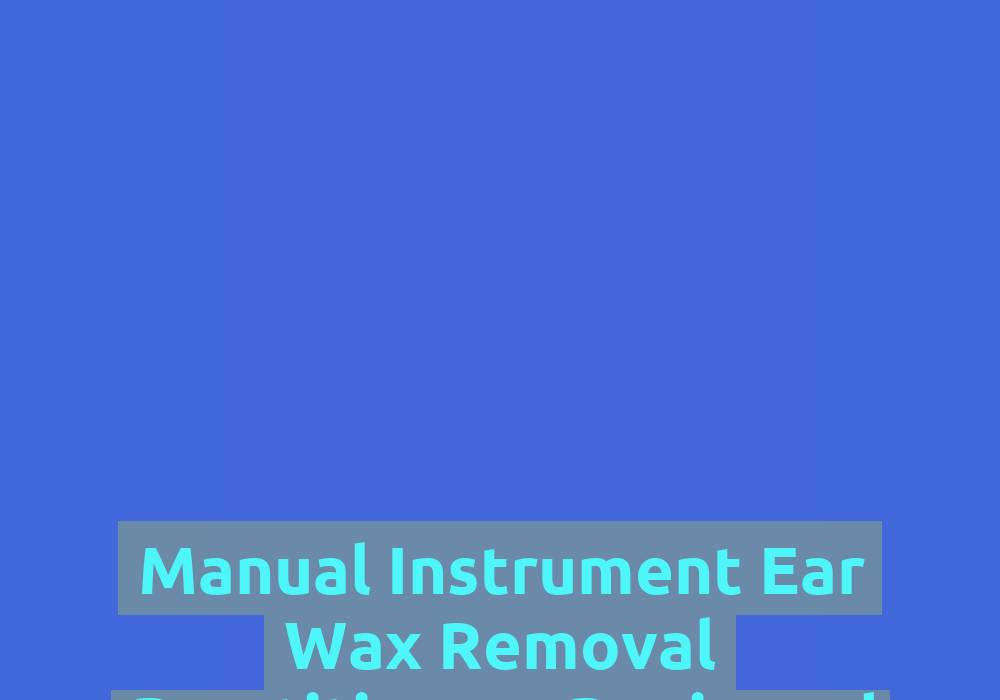









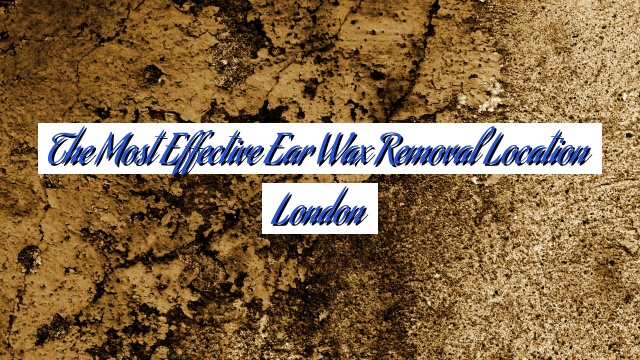
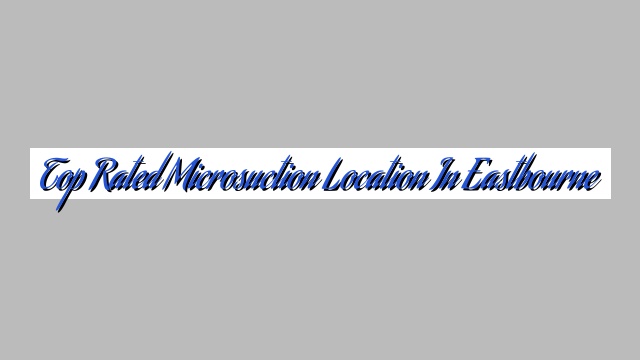
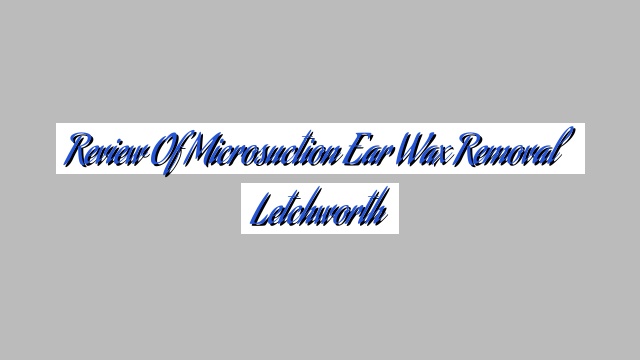
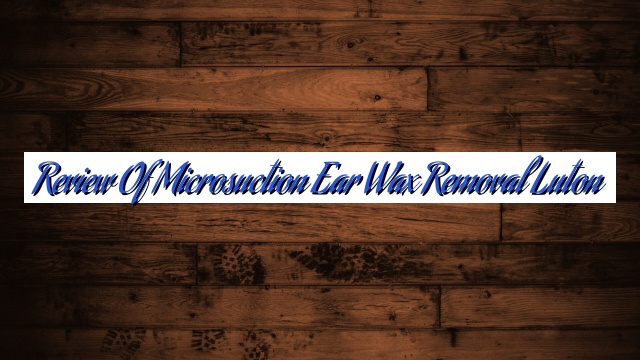
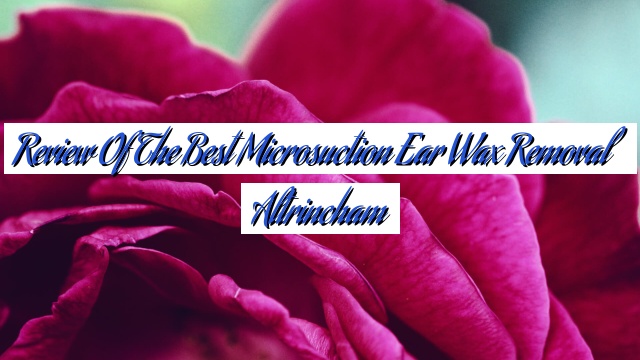
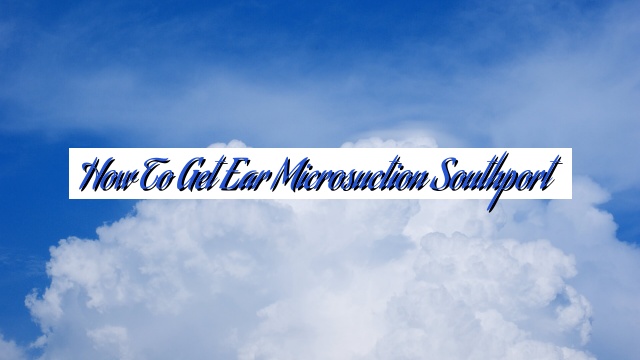

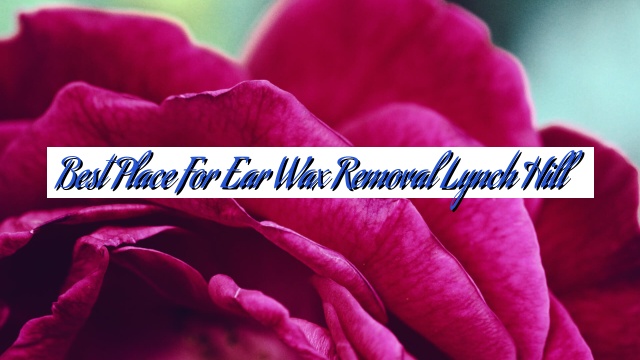

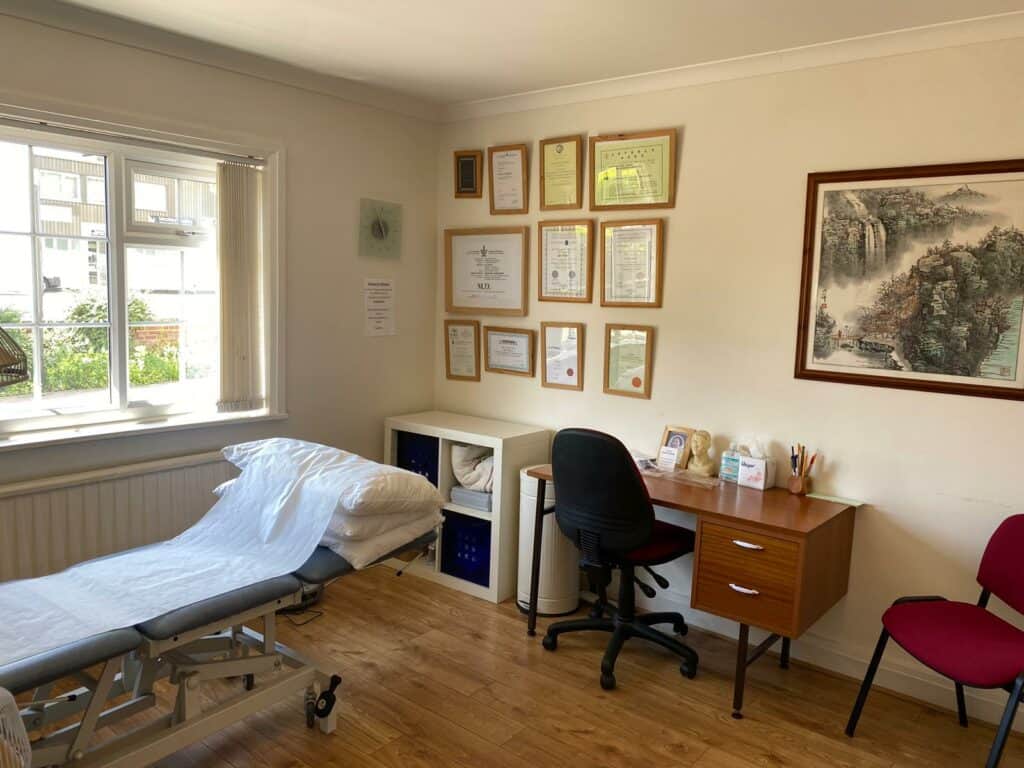 Wax build-up can be discouraging and keep you from hearing at your finest trying to eliminate an ear wax blockage on your own in your home can make the circumstance even worse. The microsuction ear wax removal network offers ear wax removal services in hinckley in one of our centers– baker street hinckley nw1, pinner north west hinckley ha5, enfield north hinckley en1, edgware north hinckley nw7, east finchley north hinckley nw2, golders green north hinckley nw11, ealing west hinckley w5, barnet north hinckley en5.
Wax build-up can be discouraging and keep you from hearing at your finest trying to eliminate an ear wax blockage on your own in your home can make the circumstance even worse. The microsuction ear wax removal network offers ear wax removal services in hinckley in one of our centers– baker street hinckley nw1, pinner north west hinckley ha5, enfield north hinckley en1, edgware north hinckley nw7, east finchley north hinckley nw2, golders green north hinckley nw11, ealing west hinckley w5, barnet north hinckley en5.  Book an ear cleaning hinckley appointment online. Book an ear clinic hinckley appointment online. Book an ear wax micro suction appointment online. Book an ear wax removal appointment online. Book an ear wax treatment appointment online. Book an east finchley ear wax removal appointment online. Book an evening ear wax micro suction appointment today. Book an impacted ear wax removal appointment online. Book microsuction it’s much better than syringing. New book an appointment. 0800 1 337 987 hertford microsuction earwax removal clinic.
Book an ear cleaning hinckley appointment online. Book an ear clinic hinckley appointment online. Book an ear wax micro suction appointment online. Book an ear wax removal appointment online. Book an ear wax treatment appointment online. Book an east finchley ear wax removal appointment online. Book an evening ear wax micro suction appointment today. Book an impacted ear wax removal appointment online. Book microsuction it’s much better than syringing. New book an appointment. 0800 1 337 987 hertford microsuction earwax removal clinic.  Book an ear clinic hinckley appointment online. Book an ear wax micro suction appointment online. Book an ear wax removal appointment online. Book an ear wax treatment appointment online. Book an east finchley ear wax removal appointment online. Book an evening ear wax micro suction appointment today. Book an impacted ear wax removal appointment online. 0800 1 337 987 microsuction earwax removal clinic in enfield.
Book an ear clinic hinckley appointment online. Book an ear wax micro suction appointment online. Book an ear wax removal appointment online. Book an ear wax treatment appointment online. Book an east finchley ear wax removal appointment online. Book an evening ear wax micro suction appointment today. Book an impacted ear wax removal appointment online. 0800 1 337 987 microsuction earwax removal clinic in enfield.  The microscope is utilized to straight visualise the ear wax whilst it is being removed using ent micro-instruments (e. G. Gentle suction with a low-pressure suction maker and fine sterile probe (microsuction)). Although the ear has a natural system for the removal of wax it is recognised that particular people do experience problems with build-up of excess wax that may require additional assistance. Aspects such as narrow, hairy or obstructed ear canals, hearing aid or earplug usage, as well as dusty/dirty professions all add to an accumulation of earwax and utilizing cotton buds just serves to push the debris back in further, frequently impacting the wax while doing so.
The microscope is utilized to straight visualise the ear wax whilst it is being removed using ent micro-instruments (e. G. Gentle suction with a low-pressure suction maker and fine sterile probe (microsuction)). Although the ear has a natural system for the removal of wax it is recognised that particular people do experience problems with build-up of excess wax that may require additional assistance. Aspects such as narrow, hairy or obstructed ear canals, hearing aid or earplug usage, as well as dusty/dirty professions all add to an accumulation of earwax and utilizing cotton buds just serves to push the debris back in further, frequently impacting the wax while doing so. 
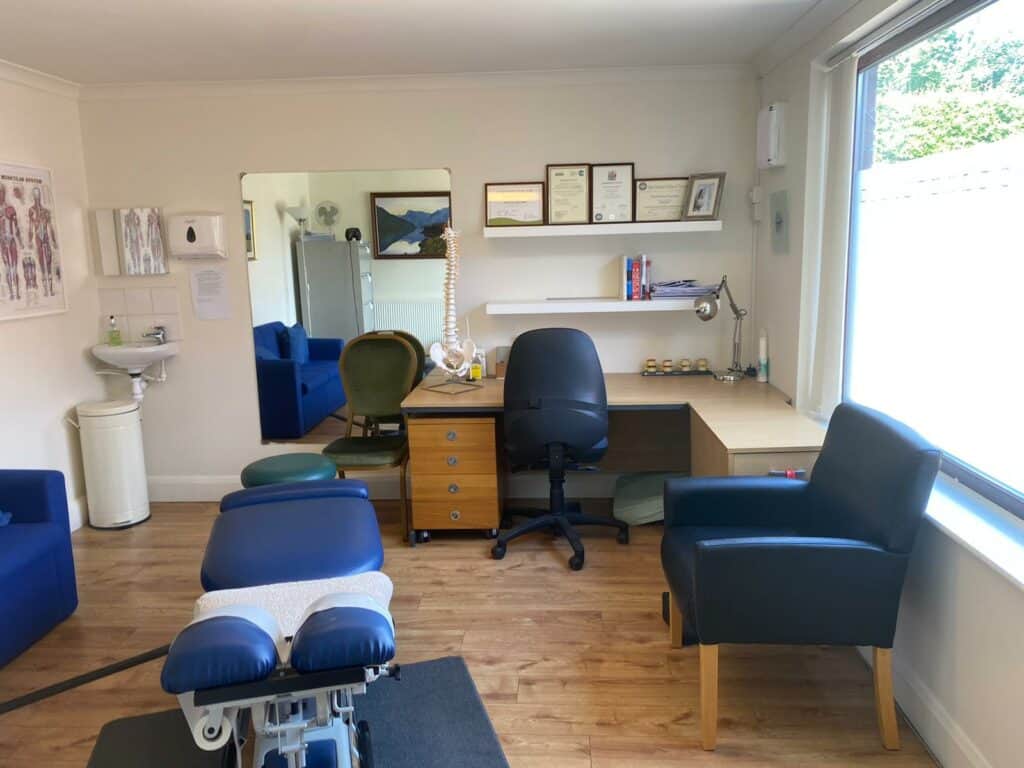 Wax build-up can be frustrating and keep you from hearing at your finest trying to eliminate an ear wax blockage by yourself in your house can make the circumstance even worse. The microsuction ear wax removal network offers ear wax removal services in hinckley in among our centers– baker street hinckley nw1, pinner north west hinckley ha5, enfield north hinckley en1, edgware north hinckley nw7, east finchley north hinckley nw2, golders green north hinckley nw11, ealing west hinckley w5, barnet north hinckley en5.
Wax build-up can be frustrating and keep you from hearing at your finest trying to eliminate an ear wax blockage by yourself in your house can make the circumstance even worse. The microsuction ear wax removal network offers ear wax removal services in hinckley in among our centers– baker street hinckley nw1, pinner north west hinckley ha5, enfield north hinckley en1, edgware north hinckley nw7, east finchley north hinckley nw2, golders green north hinckley nw11, ealing west hinckley w5, barnet north hinckley en5.  Book a hertfordshire microsuction appointment online. Book a hinckley ear wax removal appointment online. Book a micro suction ear clinic appointment online. Book a microsuction ealing appointment online. Book a microsuction hinckley appointment online. Book a microsuction hinckley saturday appointment online. Book a microsuction north hinckley appointment online. Book a microsuction pinner appointment online. Book a microsuction volunteer in central hinckley appointment online. Book a microsuction volunteer in ealing appointment online. Book a private ear wax removal appointment online.
Book a hertfordshire microsuction appointment online. Book a hinckley ear wax removal appointment online. Book a micro suction ear clinic appointment online. Book a microsuction ealing appointment online. Book a microsuction hinckley appointment online. Book a microsuction hinckley saturday appointment online. Book a microsuction north hinckley appointment online. Book a microsuction pinner appointment online. Book a microsuction volunteer in central hinckley appointment online. Book a microsuction volunteer in ealing appointment online. Book a private ear wax removal appointment online. 
